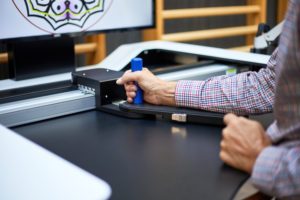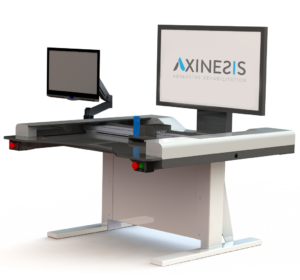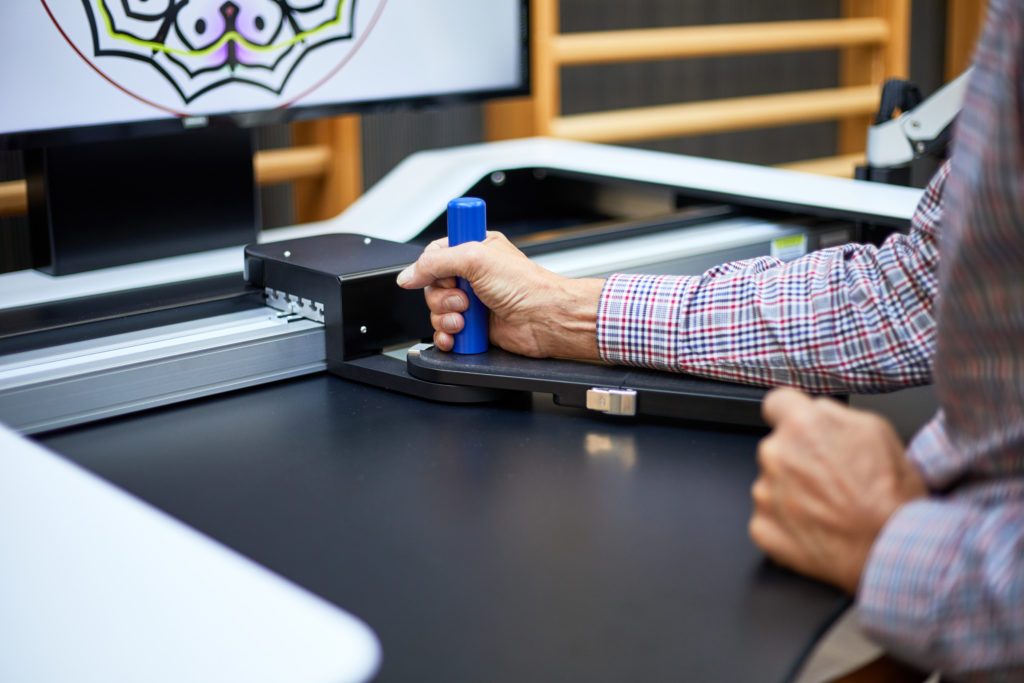Study provides further evidence for the effectiveness of robot-assisted therapy in stroke upper limb rehabilitation
Robot-assisted therapy (RAT) is of significant interest in early rehabilitation, when neuroplasticity is high but motor control is frequently insufficient for patients to independently practice functional movements. Many patients with stroke experience persistent upper limb (UL) impairments. This single-blind, randomized, controlled trial[i] explored the impact of partially substituting conventional therapy (CT) with RAT on the three International Classification of Functioning, Disability and Health (ICF) domains.
Methods
Forty-five patients with acute stroke were randomized to receive dose-matched interventions over nine weeks. The first received conventional therapy (CT). In the second group, four CT sessions per week (25%) were substituted by RAT using our REAplan® end-effector robot to perform a game moving the paretic hand along a trajectory, with the robot assisting as needed.
Assessments were performed by the same blinded evaluator at inclusion (T0), after the intervention (TI), and at six months after stroke (T2). They were:
- Upper limb motor impairments – FMA-UE (motor control) and box and block test (BBT –gross manual dexterity)
- Activity limitations – Wolf Motor Function Test (S-WMFT), and Abilhand and Activlim questionnaires
- Social participation – subscore of the Stroke Impact Scale (SISsb).
Results
Main findings were:
- The RAT group performed a mean (SD) of 520 (437) movements per session.
- The RAT group showed significantly greater improvement in gross manual dexterity than CT group (P = 0.02). Between T0 and T2, BBT scores improved from a mean of 3.0 (8.3) to 12.7 (17.3) blocks in RAT, but only from 3.8 (7.5) to 5.1 (9.8) blocks in the CT group.
- UL motor activity improved more in the RAT than CT group (P= 0.02). Between T0 and T2, the S-WFMT score improved from a mean of 16% (21.4) to 39% (36.6) in RAT, but from 19% (23.6) to just 25% (33.1) in the CT group.
- FMA-UE results showed a positive trend in favor of the RAT group (P = 0.058)
- Social participation scores also improved significantly more in the RAT group (P = 0.01). Between T0 and T2, SISsb improved from a mean of 36% (21.4) to 59% (24.1) in the RAT group, but only from 45% (26.6) to 47% (31.5) in the CT group.
Discussion and conclusion
 This study supports evidence that using RAT to partially substitute CT in the early rehabilitation phase is at least as effective, or even better, at improving UL and ADL function than CT alone. This study was also the first to assess the ICF social participation domain. The authors suggest greater improvements can be explained by the effect of the robotic device itself, which allows clinicians to deliver therapy using key motor recovery factors including high intensity and repetitive, task-oriented movement training.
This study supports evidence that using RAT to partially substitute CT in the early rehabilitation phase is at least as effective, or even better, at improving UL and ADL function than CT alone. This study was also the first to assess the ICF social participation domain. The authors suggest greater improvements can be explained by the effect of the robotic device itself, which allows clinicians to deliver therapy using key motor recovery factors including high intensity and repetitive, task-oriented movement training.
Moreover, RAT’s long-term effectiveness is unrelated to post-rehabilitation lifestyle, with similar patient numbers from both groups returning either home or to a nursing home. The authors suggest their results should be confirmed in future multicentre studies involving larger participant numbers.
[i] Dehem S, et al. Effectiveness of upper-limb robotic-assisted therapy in the early rehabilitation phase after stroke: A single-blind, randomised, controlled trial. Ann Phys Rehabil Med (2019).
